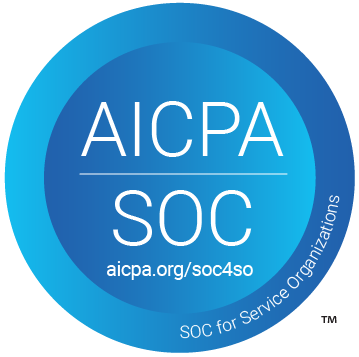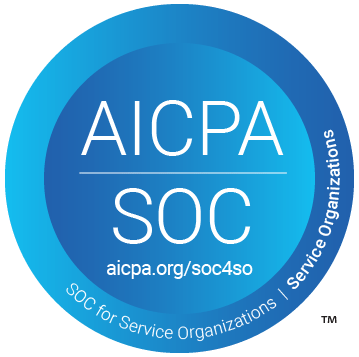Learn how to seamlessly integrate SMTP with Webflow using Pabbly Connect to automate email notifications for form submissions. Build sophisticated automated workflows in less time than you think. This guide translates complex integrations into straightforward steps for immediate implementation.
Watch Step By Step Video Tutorial Below
1. Setting Up Pabbly Connect for SMTP Integration
To begin automating email notifications using Pabbly Connect, first, access the Pabbly Connect platform. Open your browser and search for Pabbly Connect. Once on the landing page, you will see options to sign up or sign in.
If you don’t have an account, click on the ‘Sign Up for Free’ button; it only takes a couple of minutes. After signing in, click on ‘Access Now’ under Pabbly Connect to reach the dashboard where you can create your workflow.
2. Creating a New Workflow in Pabbly Connect
Once you are in the Pabbly Connect dashboard, you will need to create a new workflow. Click on the ‘Create Workflow’ button. A pop-up will appear where you can name your workflow. For this integration, name it something relevant, like ‘Automatically Send Emails via SMTP on Webflow Form Submission’. using Pabbly Connect
- Click the ‘Create’ button to save your workflow name.
- You will see two boxes: Trigger and Action.
- Set up your trigger first by selecting Webflow as your trigger application.
After setting the trigger, you will need to specify the trigger event, which is a new form submission. This sets the stage for the automation process that will follow.
3. Connecting Webflow to Pabbly Connect
To connect Webflow to Pabbly Connect, you will need a webhook URL. After selecting Webflow as your trigger application, copy the webhook URL provided by Pabbly Connect. This URL will act as a bridge between Webflow and Pabbly Connect.
Next, go to your Webflow account and navigate to your site settings. Under the ‘Apps’ section, scroll down to find the ‘Webhooks’ option. Click on ‘Add Webhook’ and select the trigger type as ‘Form Submission’. Paste the copied webhook URL into the designated field and click on ‘Add Webhook’ to save your settings.
4. Setting Up SMTP Action in Pabbly Connect
After successfully connecting Webflow to Pabbly Connect, the next step is to set up the action using SMTP. In the action application field, search for and select ‘SMTP by Pabbly’. Choose the action event as ‘Send Email’.
You will need to connect your SMTP account by providing the necessary details such as host name, username, password, encryption type, and port number. Fill in these details accurately to ensure successful email delivery.
- Enter the sender’s name and email address.
- Map the recipient email address using the data from the Webflow form submission.
- Compose your email subject and body using HTML formatting.
After filling out all required fields, click on ‘Save’ and then ‘Send Test’ to verify that the email can be sent successfully.
5. Testing the Integration
With your SMTP action set up, it’s time to test the integration. Go back to your Webflow site and fill out the form to create a new submission. Once you submit the form, Pabbly Connect will receive the response from the webhook.
Check the Pabbly Connect dashboard to confirm that the form submission details have been captured. If everything is set up correctly, you should see a success message indicating that the email has been sent via SMTP. You can verify this by checking your email inbox for the automated message.
Now, every time a new form submission is received through Webflow, Pabbly Connect will automatically send an email to the customer using SMTP, streamlining your communication process.
Conclusion
This tutorial demonstrated how to integrate SMTP with Webflow using Pabbly Connect to automate email notifications for form submissions. By following these steps, you can enhance your customer communication effortlessly.
Ensure you check out Pabbly Connect to create business automation workflows and reduce manual tasks. Pabbly Connect currently offer integration with 2,000+ applications.
- Check out Pabbly Connect – Automate your business workflows effortlessly!
- Sign Up Free – Start your journey with ease!
- 10,000+ Video Tutorials – Learn step by step!
- Join Pabbly Facebook Group – Connect with 21,000+ like minded people!






